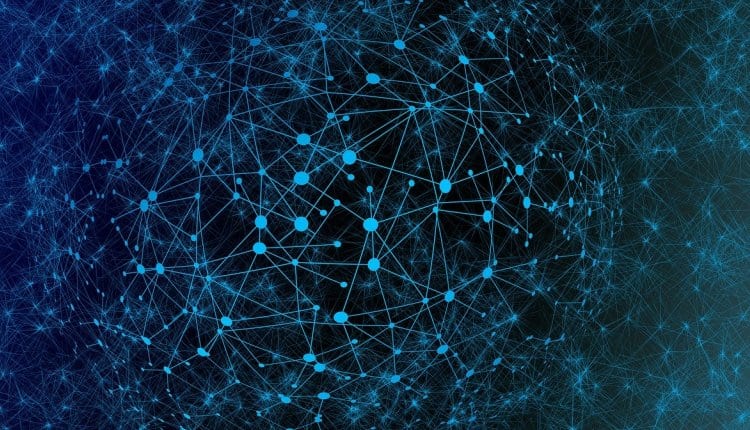Computational biologists led by Prof. Yvan Saeys (VIB-UGent Center for Inflammation Research) developed a new bioinformatics method to better study communication between cells. This method, called NicheNet, helps researchers to gain insight into how the gene expression of cells is regulated by interacting cells. NicheNet has a broad range of potential applications in fields like immunology and tumor biology, and was already successfully used by the collaborating group of Prof. Martin Guilliams (VIB-UGent Center for Inflammation Research).
In multicellular organisms cells don’t function on their own, but they produce signaling molecules that influence gene expression in interacting cells. This intercellular communication plays an important role in many biological processes, such as the development and functioning of cells. Studying intercellular communication is not only important to understand fundamental biology, but also to gain insights into diseases like cancer. Interactions between cancer cells and other cells in the microenvironment of the tumor are crucial for its growth.
An example of a process in which intercellular communication is essential, is the differentiation of macrophages, a type of immune cell. This process is affected by other cell types in the environment, or ‘niche’, of the macrophage.
Researchers from the group of Martin Guilliams (VIB-Ghent University), who work in close collaboration with the Saeys lab, wanted to study this process for Kupffer cells, a macrophage in the liver blood stream. They generated a lot of gene expression data of all cells involved.
“But, using this type of data to unravel how cells communicate is not a trivial task”, says Yvan Saeys. “We needed to develop a new sophisticated algorithm to tackle this problem.”
Machine learning for talking cells
Guided by post-doc Wouter Saelens and Yvan Saeys, PhD student Robin Browaeys started developing such a new method to analyze how cells might signal each other.
Browaeys explains: “Our idea was to make use of the enormous amount of available knowledge on intercellular signaling that was acquired over the years, and use this knowledge to find out which intercellular communication processes are going on in the data we had. To do this, we had to apply several machine learning and statistical techniques, including network algorithms that are also used to analyze social networks, for example.”
Saelens summarizes: “In essence, you can compare our newly developed method, NicheNet, with a hypothetical biologist who not only knows everything that is already published about intercellular communication, but who can also apply all this knowledge on complex, big datasets. Making reasonable predictions on intercellular communication is something that would have required weeks of literature study in the past, but this can now be done with the push of a button.”
A first test case for NicheNet was the Kupffer cell niche data generated by the Guilliams lab. Researchers from that lab were able to experimentally validate some of the signals that NicheNet predicted. “Thanks to NicheNet, we looked into factors that we would not have thought about ourselves”, confirms Martin Guilliams. “For us, NicheNet was an essential tool to help unravel the Kupffer cell niche”.
“In addition to the Kupffer cell story, we have also been applying NicheNet to investigate cell-cell communication in the tumor micro-environment”, adds Saeys. “We used NicheNet on single-cell data that was published earlier, but we are now working on novel single-cell datasets generated by collaborating research groups. How different types of treatment affect the cellular interactions within the tumor microenvironment, and how this influences the tumor, are some of the questions we are trying to address with NicheNet.”
These different applications illustrate the value of NicheNet for generating novel hypotheses about how cells communicate in fundamental biological processes and diseases.

